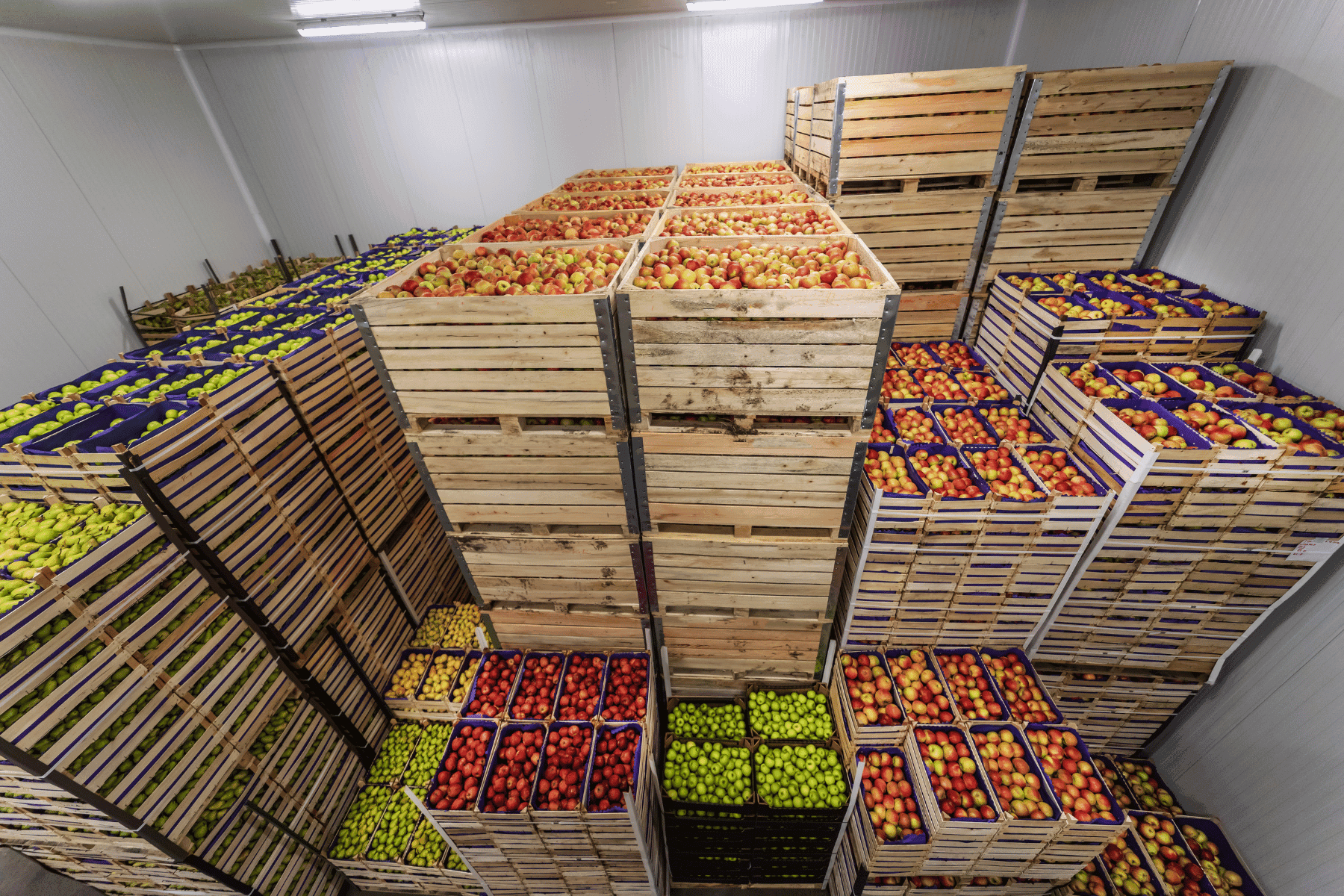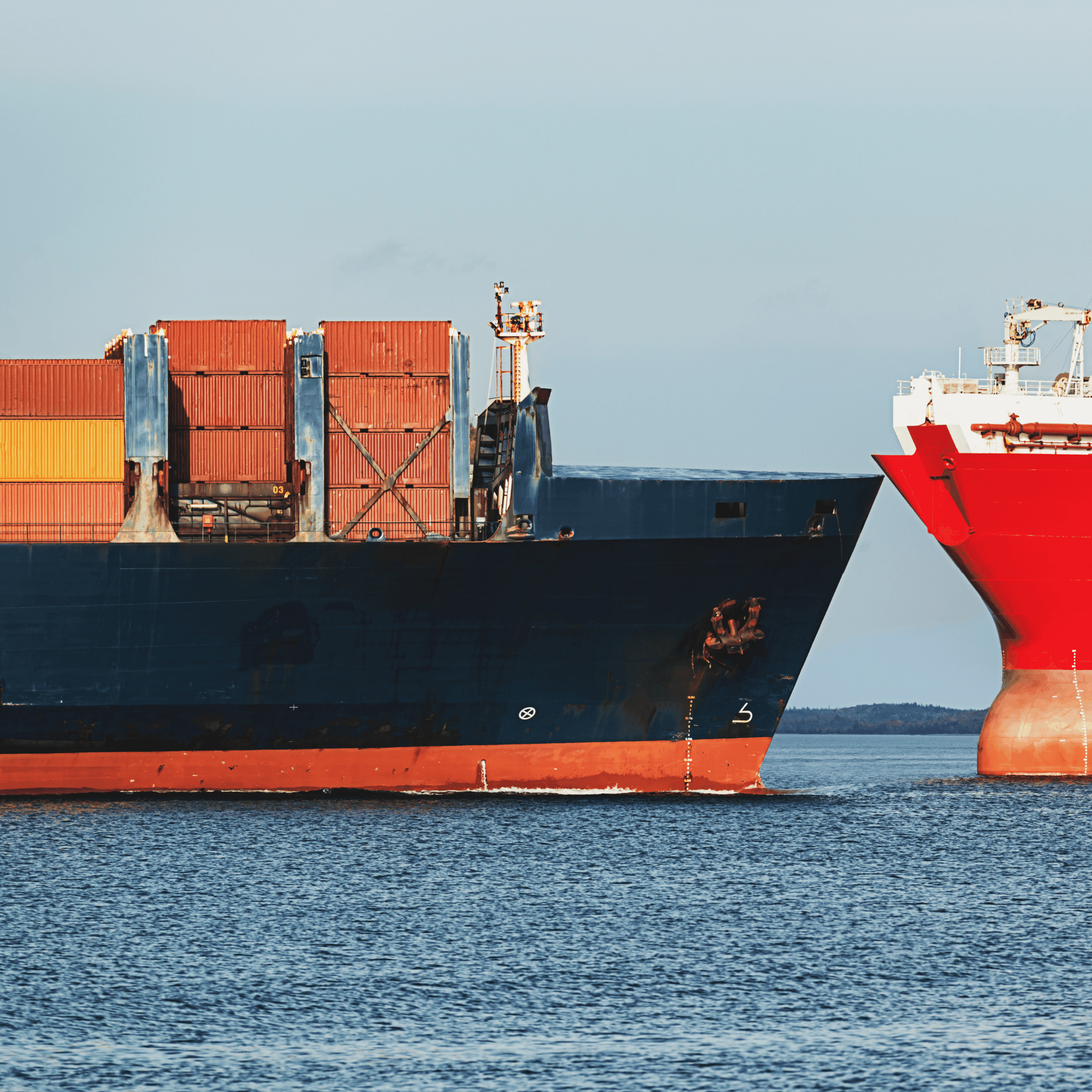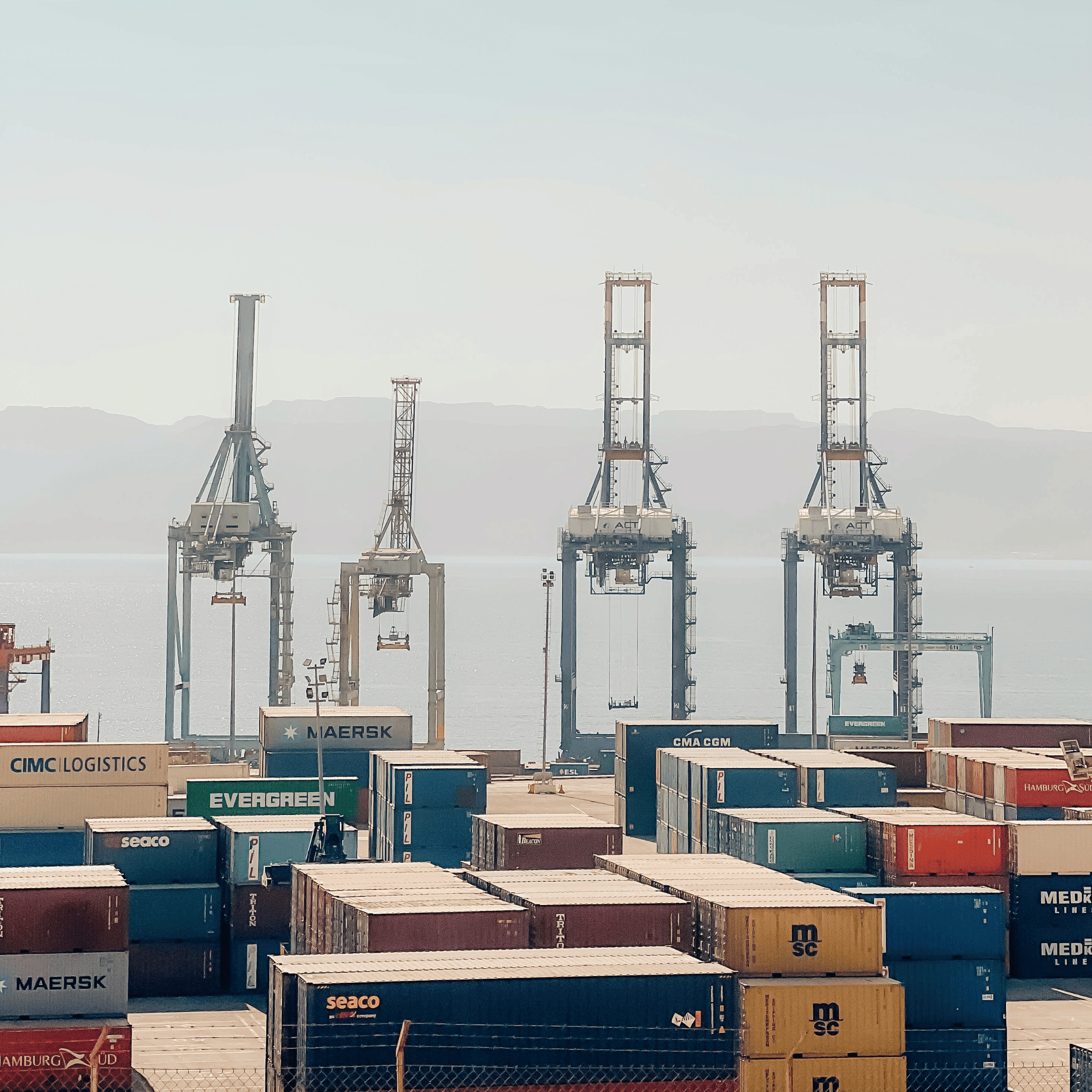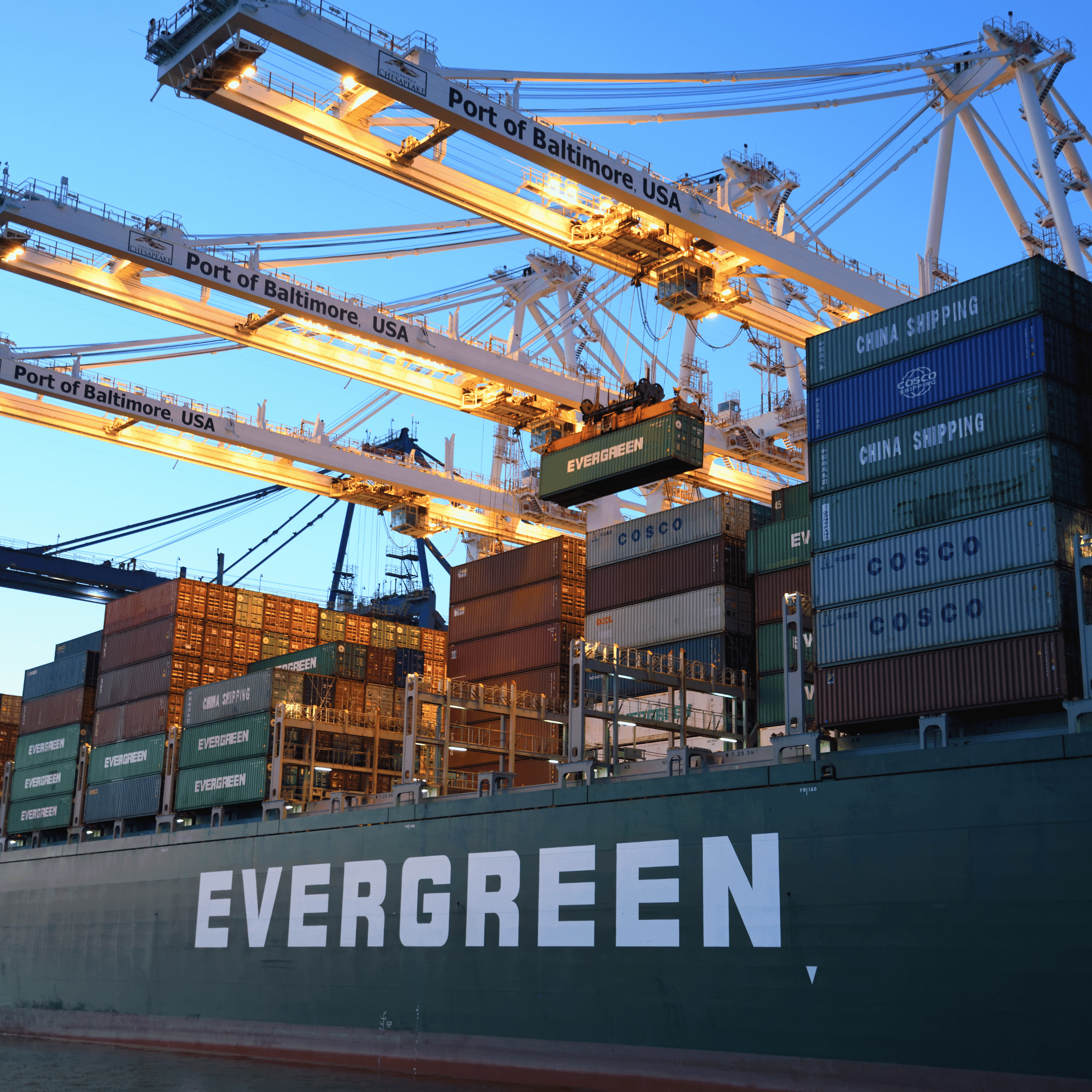In the intricate nexus of global supply chains, cold chain logistics stands as a critical player in ensuring the safety and quality of temperature-sensitive products, from pharmaceuticals to perishable food items. This systematic control and movement of products within a specified temperature range not only help in preserving the products but also in maintaining their quality until they reach the consumer. In this article, we delve deep into the mechanisms and strategies adopted by companies to uphold the integrity of the cold chain logistics system, ensuring safety and quality from the manufacturer to the consumer.
Overview of Cold Chain Logistics
Cold chain logistics, or simply the cold chain, refers to the temperature-controlled supply chain network that facilitates the safe storage, transportation, and distribution of perishable goods. This system includes an array of elements including refrigerated storage, transportation with climate-controlled vehicles, and meticulous monitoring procedures throughout the chain to preserve product quality and prevent spoilage.
Components of the Cold Chain
Storage Facilities
Warehousing
Warehouses equipped with temperature-controlled zones ensure that products are stored at the necessary temperatures, which may vary depending upon the specific requirements of the goods.
Cold Rooms
These are specially designed storage rooms where temperature and humidity levels are strictly maintained to prolong the shelf life of perishable items.
Transportation
Refrigerated Vehicles
These vehicles come equipped with refrigeration units that maintain the desired temperature during transit, thus preventing temperature fluctuations that could compromise product quality.
Intermodal Containers
Intermodal containers allow for the transportation of goods through multiple modes of transport, such as ships and trucks, without the need for handling the goods when changing modes.
Quality Control and Regulatory Compliance
Good Manufacturing Practice (GMP)
GMP outlines the procedures and documentation required to guarantee product quality and safety, including guidelines for sanitation, equipment maintenance, and personnel training.
Hazard Analysis and Critical Control Points (HACCP)
HACCP focuses on identifying potential hazards in the production process and implementing measures to control these risks, thereby ensuring product safety.
Strategies to Ensure Safety and Quality
Temperature Monitoring
Real-time temperature monitoring through sensors and IoT technology allows for immediate action in case of deviations, thus preventing potential spoilage or degradation of products.
Training and Skill Development
Staff training on the principles of cold chain management ensures adherence to quality standards and regulatory compliance, minimizing the risks of mishandling or contamination.
Packaging
Utilizing packaging materials that offer insulation and protection against environmental factors is critical in maintaining product integrity during transportation.
Case Studies: Innovations and Best Practices
To further illustrate, we delve into case studies where companies have adopted innovative approaches to enhance the safety and quality in cold chain logistics:
Blockchain Technology in Supply Chain Transparency
Companies are increasingly adopting blockchain technology to enhance transparency and traceability in the supply chain. This decentralized ledger system facilitates real-time tracking of products at every stage of the supply chain, thereby ensuring authenticity and compliance with safety standards.
Artificial Intelligence (AI) in Predictive Analytics
AI-driven predictive analytics helps in forecasting potential disruptions in the supply chain, allowing for proactive measures to mitigate risks, thus maintaining the integrity of the cold chain.
Sustainable Cold Chain Solutions
Companies are exploring environmentally friendly solutions in cold chain logistics, such as renewable energy-powered refrigeration units and recyclable packaging materials, to minimize the carbon footprint.
Conclusion
The cold chain logistics sector plays an instrumental role in safeguarding the quality and safety of perishable goods from the manufacturer to the consumer. Through the integration of state-of-the-art technologies and adherence to stringent regulatory standards, companies are constantly striving to enhance the efficacy of the cold chain. As we move forward, it will be critical to continue fostering innovation and implementing best practices to uphold the integrity of the cold chain logistics system, meeting the ever-growing demands for safety and quality in a globalized market.






